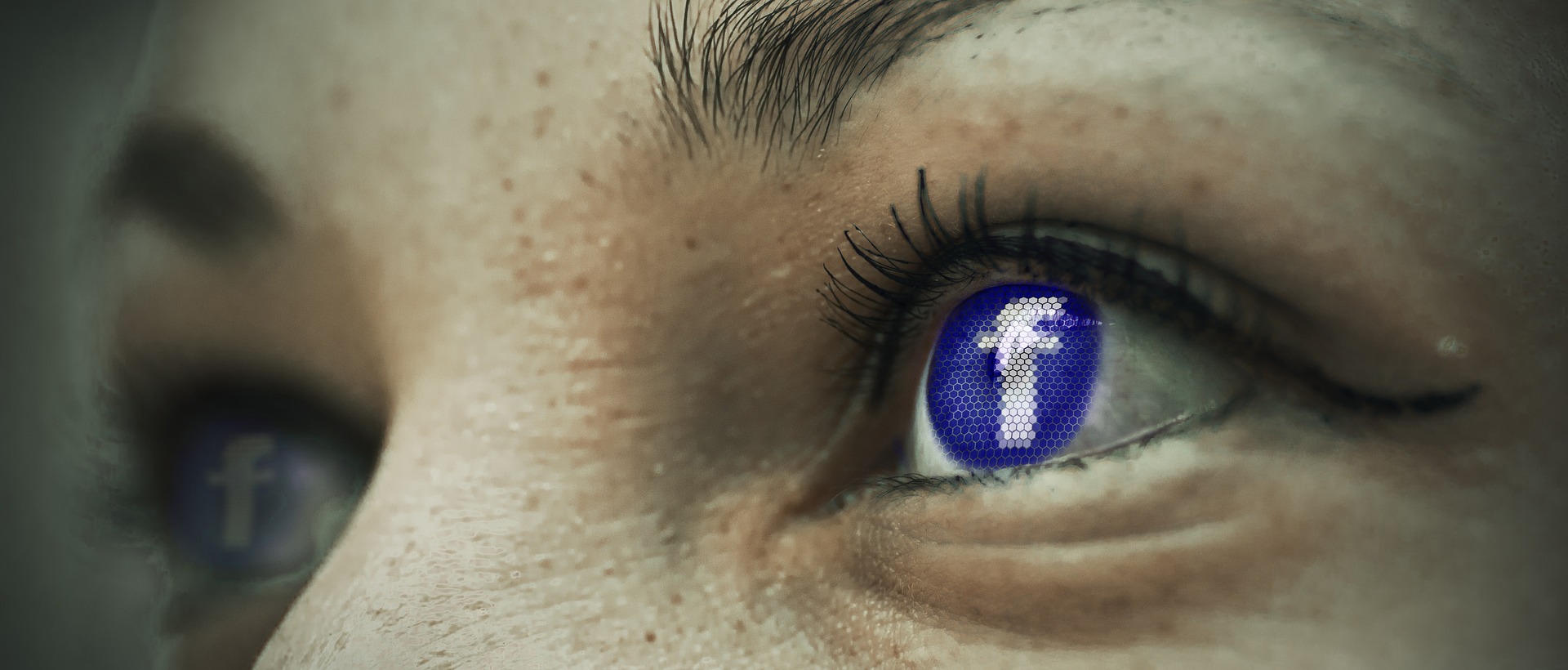Social media has become a major part of many people’s daily life. We use it to connect with friends, check the news, play games, research, and make purchases.
The ever-increasing use of social media has led to the creation of many new platforms. Each of these have their own format and attract a different audience segment. This creates both opportunities and challenges for businesses.
When determining their approach to social media, many businesses create profiles on multiple platforms, then monitor which ones deliver the greatest returns. However, maintaining a professional social media presence can be very costly – both in time and money.
To avoid wasting money on ineffective social media campaigns, it’s important to understand the strengths and weaknesses of each platform, and the types of businesses they best support. To help you with this, we’ve compiled a list of the top 5 social media platforms for businesses.
1. Facebook
Facebook is widely considered the original social media platform. It is also the largest, with just under 2.4 billion active monthly users.
As one of the world’s biggest companies, Facebook is a leader in advertising strategy and has developed advanced software to target and tailor messaging. This can be enormously beneficial to paid advertisers, helping them to reach new customers and drive traffic to their website.
However, the size and scope of Facebook can make it hard to cut-through the noise. The platform’s advertising algorithm also preferences content that sparks conversations and may screen unpaid business posts. That being said, there are still ways to increase engagement with your brand without paying for advertising; including joining or creating groups, using messenger chatbots, and live-streaming videos.
With all of that in mind, Facebook works particularly well for businesses who are looking to target paid advertising (especially in the ecommerce, online retail, gaming, entertainment, media, and technology industries) or provide an online customer service and support channel (most often financial services, retail, telecommunications, consumer goods, and automotive businesses)
2. YouTube
YouTube is the world’s second largest social media platform, with almost 2 billion active monthly users – 30 million use it daily – who watch 1 billion hours of video every day. It is also the world’s second largest search engine, running 3 billion searches a month.
As a subsidiary of Google, YouTube uses complex algorithms to match users with content that is relevant to them. This technology also supports paid advertising, helping businesses to place their messages in front of their target market (usually at the start of the videos they’re watching).
Many businesses also use YouTube to publish and promote their own creative content. This can help build their brand identity and strengthen customer engagement – and, when done well, substantially grow their audience through user-generated sharing.
As a multimedia-focused platform, YouTube works particularly well for visual and experiential products and services (like fashion, consumer goods, entertainment, and gaming). Albeit, many major B2B companies have also been able to utilise YouTube successfully to increase engagement with their brand.
3. Instagram
Instagram originated to provide a way to share photos – and even in 2019, remains a strongly visual channel. It’s the world’s sixth largest social media platform, with over 1 billion monthly active users.
Much like YouTube, Instagram can help businesses show their creativity and personality, giving customers a look behind the scenes. It is also often used to reinforce a brand’s position as ‘aspirational’.
In 2018, Instagram introduced shoppable posts, which allow businesses to link directly to their sales platform. Prior to this, most advertising was done via partnership with ‘influencers’ – users with a large follower base, who are paid to post about a product or service.
As the majority of Instagram users are younger – 63% are aged between 18 and 34 – it works particularly well for youth-focused products and services (like fashion, cosmetics, health and fitness, and entertainment).
4. Twitter
Twitter is designed for short and sharp messaging, with posts limited to 280 characters. Due to this restriction, the platform’s 320 million active monthly users usually use it to share thoughts, opinion, and content (both theirs and other people’s).
Given this focus on commentary and creativity, many businesses use Twitter to reinforce their company’s voice and position on key social issues. The short form posts also allow them to engage in conversation with customers and stakeholders, which can help with responsiveness and transparency.
As about 80% of Twitter’s content is created by 10% of its users, it can be difficult for businesses to get their messages seen by the right people. However, using targeted and relevant hashtags (marked key words and topics that are used to sort and search posts) can help increase visibility and discoverability.
The interactive nature of Twitter means it works particularly well for topics that inspire conversation and conjecture – like entertainment, media, sports, and politics.
5. LinkedIn
LinkedIn is often referred to as the ‘professional Facebook’. This is likely due to the fact that about 20% of its 300 million active monthly users are in senior corporate positions.
Unlike Facebook, LinkedIn’s advertising platform is not particularly advanced. Instead, it focuses on networking and information sharing, preferencing connectivity between users and sharing of quality user-generated content. With that in mind, LinkedIn works particularly well for B2B marketing – especially consulting, and professional services.
Need help to develop your marketing strategy, or simply improve your online presence? Maybe you just don’t have the time to deal with all these online marketing mediums and need to delegate these tasks to a professional. The services from a reputable Marketing Professional may be just what you need to achieve your business goals. Contact us today for a friendly chat.

